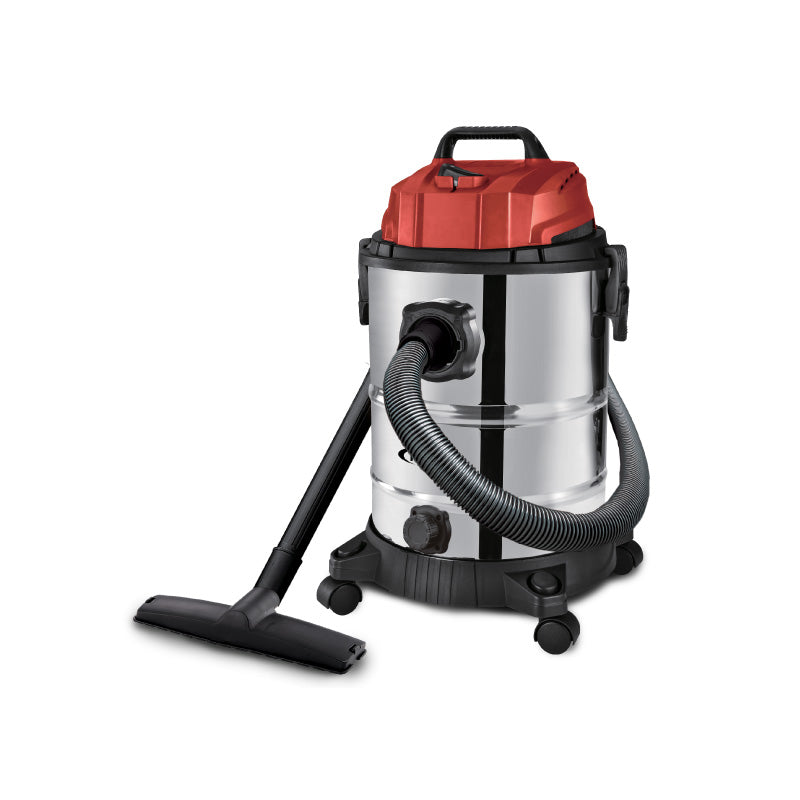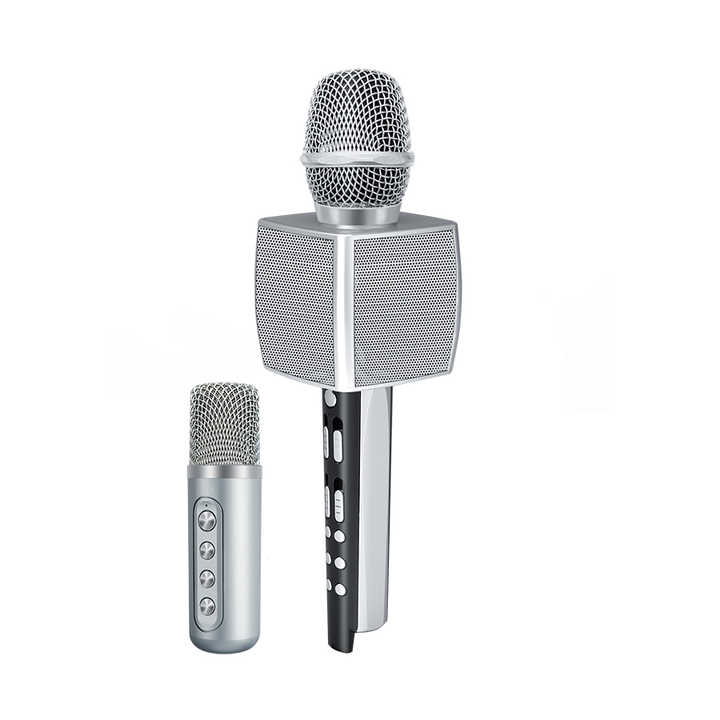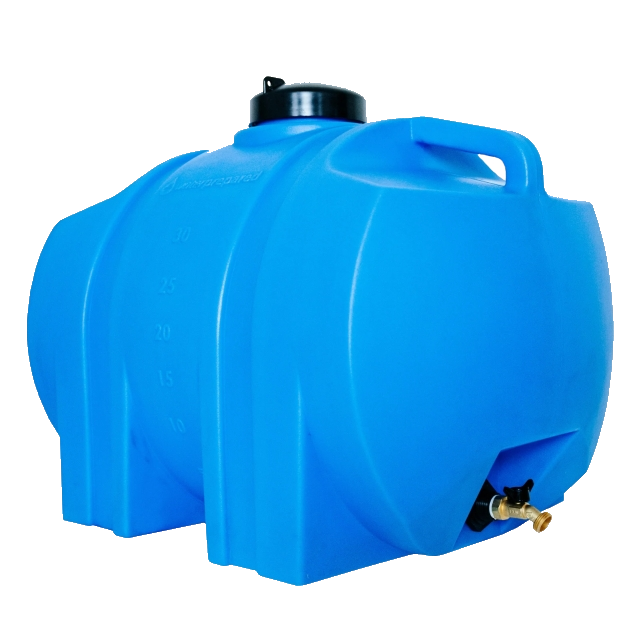Vacuum cleaners serve as indispensable household appliances, playing a crucial role in maintaining cleanliness and hygiene within our living spaces. However, like all machines, vacuum cleaners have a limited lifespan. As technology advances and our cleaning needs evolve, your trusty vacuum may eventually become obsolete or less effective. This guide aims to provide detailed steps on how to responsibly dispose of your vacuum cleaner. By understanding the environmental impact and exploring various disposal methods, you can ensure that your vacuum is handled in a way that minimizes harm to the planet.
Understanding the Environmental Impact
Importance of Responsible Disposal
When it comes to dispose of household appliances like vacuum cleaners, many people often overlook the environmental repercussions of improper disposal methods. Electing to throw a vacuum cleaner in the trash can lead to serious consequences, contributing to landfill overflow and increasing pollution levels. Many vacuum cleaners contain non-biodegradable materials such as plastics and metals, which can take hundreds of years to decompose. Moreover, certain components may contain hazardous substances that can leach into the soil and groundwater, causing long-term environmental damage. Understanding these implications is the first step toward making informed decisions that support environmental conservation and sustainability.
Components of a Vacuum Cleaner
To responsibly dispose of your vacuum cleaner, it’s essential to familiarize yourself with its various components. Most vacuums include a motor, plastic housing, filters, and a bag or dust container. The motor and metal casing can usually be recycled, while plastic parts often require separate handling. Furthermore, many dispose of your vacuum cleaner utilize batteries, especially cordless models, which must be disposed of at specialized facilities due to their toxic materials. By understanding the composition of your vacuum, you can ensure that all parts are disposed of appropriately, maximizing recycling opportunities and minimizing landfill waste.
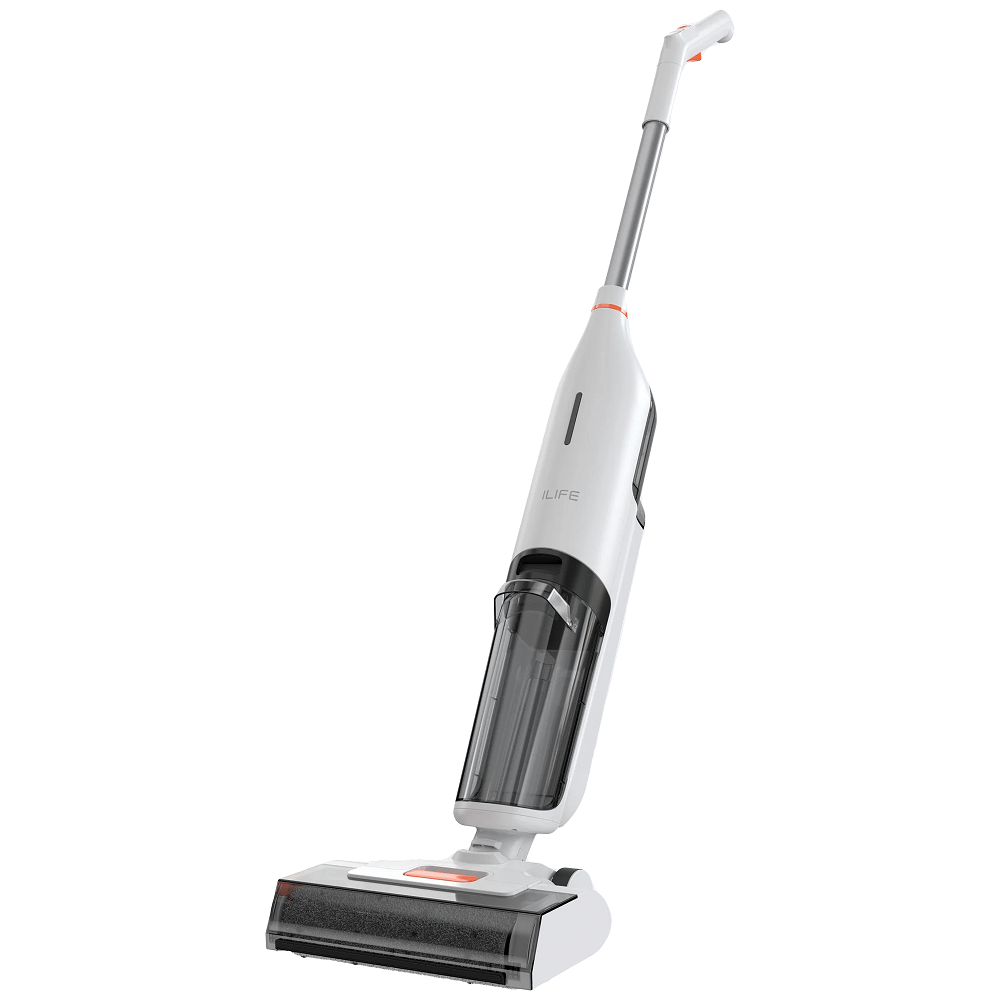
Evaluating Your Options
Repair or Reuse
Before rushing to dispose of your old vacuum, consider whether it can still serve a purpose. If the vacuum is malfunctioning, investigate whether it can be repaired easily. Check for common issues, such as clogged filters or worn-out belts, which might be resolved without needing to replace the entire unit. Many local repair shops specialize in vacuum cleaners and may offer cost-effective solutions for minor issues. Additionally, consider giving the vacuum a second life by offering it to friends, family, or neighbors who may need it. In this way, you not only postpone its disposal but also help others save money while fostering a sense of community.
Recycling Programs
If repair or reuse isn’t feasible, look into recycling programs offered in your local area. Many cities have established initiatives for recycling household appliances, including vacuum cleaners. These programs typically provide designated drop-off centers or organize special collection days where you can bring in your appliances. By participating in these programs, you ensure that your vacuum cleaner is disposed of responsibly, allowing valuable materials to be reclaimed and repurposed while minimizing the environmental impact of disposal.
Preparing Your Vacuum Cleaner for Disposal
Cleaning and Tidying Up
Before officially dispose of your vacuum cleaner, take some time to clean it thoroughly. Empty the dust container or bag and wash or replace any filters that you can. Not only does this cleaning step make the recycling or donation process more sanitary, but it also helps ensure that no allergens or contaminants are released into the air or into the recycling stream. Additionally, cleaning the vacuum might make it more appealing if you plan to donate it. A well-maintained appliance can attract potential recipients, increasing the likelihood that it finds a new home rather than ending up in a landfill.
Removing Components
For maximum recycling efficiency, consider disassembling your vacuum cleaner into its individual parts before disposal. Some vacuum models make it easy to detach components such as hoses, wheels, and the motor. You can separate recyclable materials, like metals and plastics, from those that cannot be recycled. If your vacuum has a battery, take the time to remove it as well; batteries typically require special handling and are not accepted in general recycling streams. By separating components, you streamline the recycling process and can improve the chances that your vacuum’s parts will be reused rather than discarded.
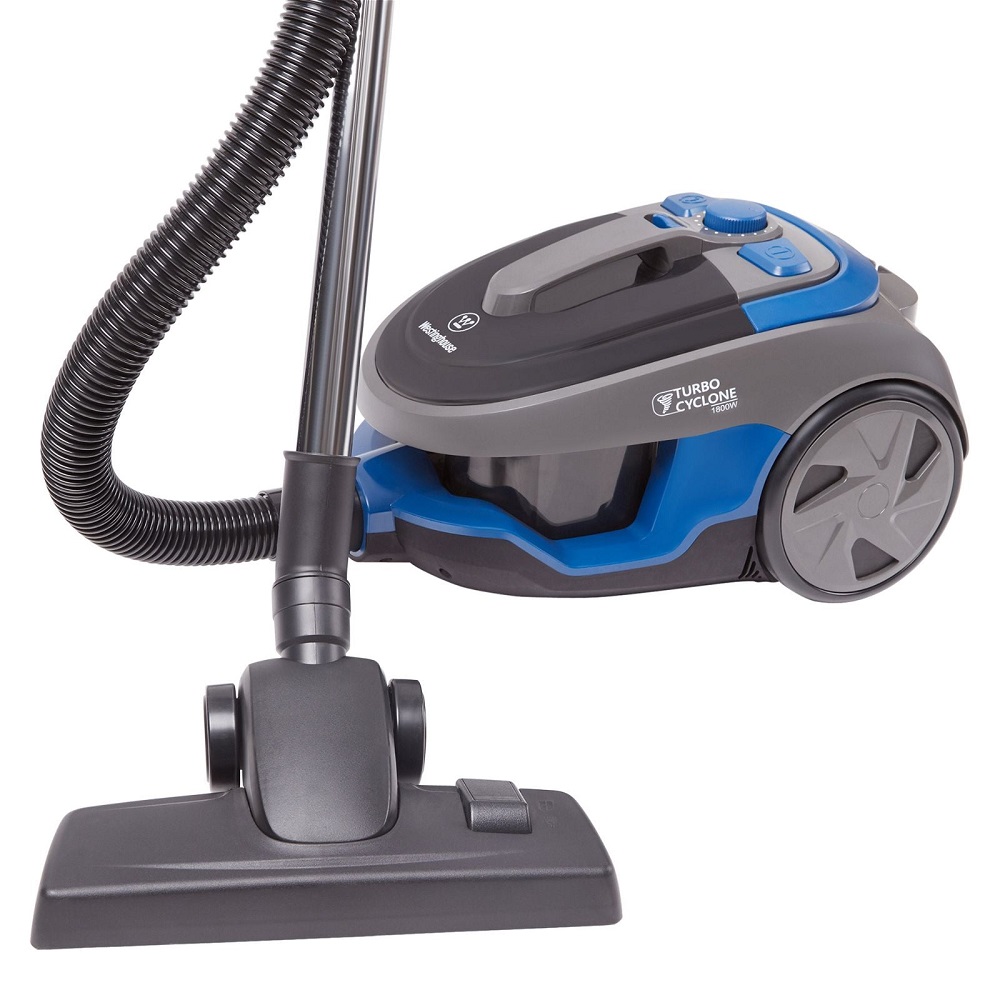
Donating Your Vacuum Cleaner
Finding a Suitable Charity
If your vacuum is still functional, consider donating it to organizations that accept household appliances. Many charities, thrift stores, and shelters welcome contributions of vacuum cleaners. These organizations often provide services to individuals and families in need, and a working vacuum can be a valuable resource. Contact local charities to inquire about their appliance donation policies and ensure that they can accept your vacuum. Keep in mind that some charities may have specific requirements regarding the condition and type of appliance they accept, so it’s best to check in advance.
Advertising Locally
Another effective way to donate your vacuum cleaner is to use online platforms like Craigslist, Facebook Marketplace, or neighborhood groups. Publicizing your offering allows local community members to see the available vacuum, helping you connect with someone who might need it. When creating your listing, be clear about the vacuum’s condition, upload quality images, and include details about its functionality. This approach not only helps you dispose of the vacuum responsibly but also fosters a sense of connection within your community.
Recycling Your Vacuum Cleaner
Finding Local Recycling Centers
If your vacuum cleaner is beyond repair and not suitable for donation, recycling it is the next best option. Start by searching for local recycling centers that accept small appliances and electronics. Websites like Earth911 can help you find appropriate facilities in your area, along with their specific guidelines for accepting vacuum cleaners. Many public waste management services offer recycling programs that include the proper disposal of various household appliances, ensuring your vacuum ends up in the right hands.
Checking Manufacturer Programs
Don’t forget to check whether your vacuum cleaner’s manufacturer has a take-back program. Leading brands like Dyson, Shark, and Bissell often have initiatives in place designed to encourage customers to recycle their used appliances. By visiting the manufacturer’s website or contacting customer service, you can learn more about their recycling options, as well as any specific steps you need to take to return your appliance for responsible recycling. By participating in these programs, you support the manufacturer’s commitment to sustainability and ensure that your vacuum is recycled correctly.
Responsible Disposal Methods
E-Waste Collection Events
Many communities host regular e-waste collection events focused on collecting and recycling electronic devices, including small appliances like vacuum cleaners. These events often provide a convenient and environmentally friendly option for disposing of items that may not be accepted through curbside recycling. Check your local government’s website or contact your waste management authority to find out when these events take place. Arriving prepared ensures that your vacuum is disposed of responsibly and keeps your community’s waste solutions efficient.
Contacting Waste Management Authorities
If you feel unsure about where to take your vacuum cleaner, don’t hesitate to reach out to local waste management authorities. They can provide specific information about appliance disposal, recycling centers, and any upcoming special collection events. These authorities often have detailed resources available on their websites that outline proper disposal and recycling procedures for various types of appliances, so utilize this information to make sure you are taking the right steps for responsible disposal.
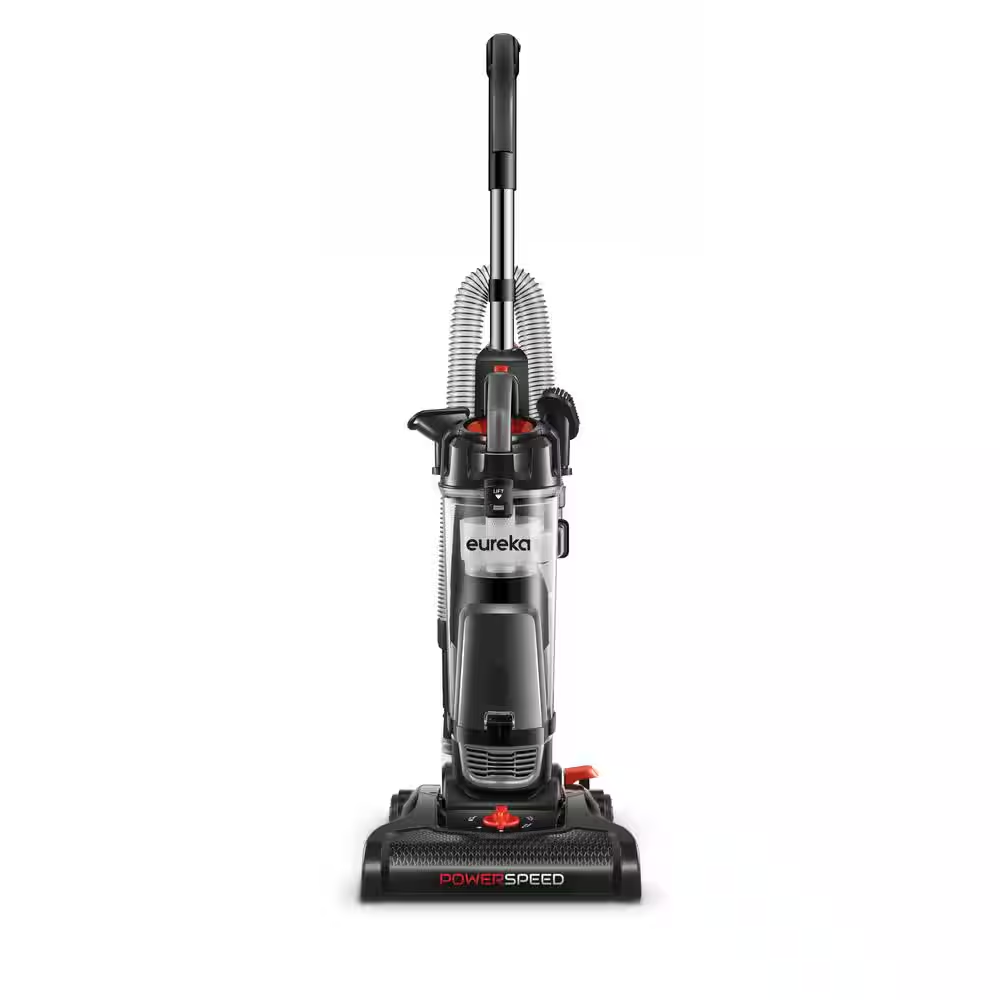
Beyond Disposal: Sustainable Practices
Opt for Sustainable Products
As you begin contemplating the right vacuum cleaner for your next purchase, consider investing in a more sustainable model. Many companies are now focusing on producing vacuum cleaners from eco-friendly materials or designing them for energy efficiency. Opting for a model that uses recyclable materials or has an energy-saving mode not only reduces your carbon footprint but also supports an environmentally conscious market. Being mindful of sustainability when choosing your next appliance ensures that your purchasing decisions align with responsible environmental practices.
Supporting Second-Hand Markets
When it’s time to buy a new vacuum, consider exploring second-hand markets or thrift stores. Purchasing used appliances saves money. It also promotes a circular economy. This reduces the demand for new products and alleviates waste issues. By selecting pre-owned options, you extend the lifecycle of appliances. You also reduce the environmental impact of manufacturing new items. This provides an opportunity to enhance sustainability in your home.
Educating Others
One of the most effective ways to promote responsible disposal practices is to share your knowledge with friends, family, and colleagues. Start discussions around sustainable practices or even consider hosting workshops to educate others about recycling and responsible disposal methods. Through community engagement, you can raise awareness about the environmental effects of improper disposal and inspire action towards sustainable practices. When you take the initiative to educate your network, you contribute to a larger culture of environmental responsibility that can lead to meaningful change in your community.
Conclusion
Properly dispose of vacuum cleaner requires deliberate choices to minimize environmental impact. Understanding the significance of responsible disposal, evaluating options such as repair and recycling, and following the outlined steps in this guide empower you to take action that benefits both your community and the planet.
Every step in the disposal process—from donating functional appliances to exploring recycling options—contributes to a healthier environment. Remember that as a consumer, you hold the power to make choices that foster sustainability and reduce waste. By embracing this responsibility, you make a positive difference for present and future generations. You ensure that resources are used wisely and that our planet remains a cleaner, safer place for everyone.
